Women combatants bare scar tissues of war
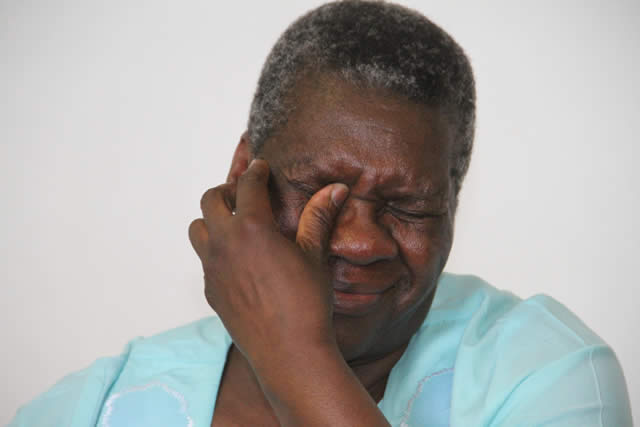

Cde Loveness Chidhakwa crying after recollecting painful experiences encountered in the liberation struggle
COUNTLESS stories have been told of women that fought in the liberation struggle that brought Independence to Zimbabwe alongside their male counterparts. It is often a distorted narrative told on their behalf by other people, thereby tilting the balance to advance certain agendas, and in a majority of cases, giving the impression that the thousands of young girls that left family and education opportunities in the early 1970s went to Zambia and Mozambique to be couriers and/or to perform menial tasks while the men did the fighting. The lies and half truths have seen a majority of women combatants not getting due recognition for the role they played in liberating the country from colonial bondage.
Why is there need to correct these distortions? I draw the readers’ attention to the analytical piece of October 25 written by the Sunday Mail Deputy Editor Munyaradzi Huni — “Chimurenga: Story of the victors begins.” This was an introductory piece on a major project initiated by the Zimbabwe Defence Forces and the Ministry of Information, Media and Broadcasting Services to chronicle the Second Chimurenga, in which the players — women combatants included — narrate how they travelled the journey to a free Zimbabwe.
It is now week three since this writer, Huni and Forget Tsododo of the Zimbabwe Broadcasting Corporation have had the rare opportunity to speak to a number of freedom fighters whose involvement spanned different timeframes. As Huni says in the Sunday Mail piece: “The Second Chimurenga was fought in different stages starting in the early 1960s up to the attainment of Independence in 1980 and veterans from all the stages of the struggle have been identified. Of course, it’s not all of them, but quite a representative number were in Harare last week to tell their stories.”
The essence of this project is that Zimbabwe’s history cannot run on lies when some of the participants are around to tell their stories. For it was everyone’s war — men, women, boys and girls.
Women combatants bared those scar tissues of war — girls who are now middle-aged women. They refused to be spectators, and chose to go and fight. Cde Juliet Loveness Nyarambi (nee Nyamhandu), whose Chimurenga name is Cde Loveness Chidhakwa; and Cde Florence Mudzengerere whose nom de gurre is Cde Pronica Chinyandura Mabhunu, are among female fighters who narrated their experiences.
How old were they and what was the main attraction for going to war?
Were they trained militarily and were they also deployed to the frontline to fight? When they went to Mozambique and Zambia, they were not going to stay in cities and towns where day-to-day necessities such as undergarments, sanitary materials for menstrual hygiene (cotton wool, pads and/or tampons), would be readily available. They were leaving home to go and live in the bush. How did they manage this most delicate part of every woman’s life?
This is part of Cde Loveness’ story: Born in Mt Darwin under Chief Kasekete’s jurisdiction on June 6 1958, she “joined” the liberation struggle in 1972 at the age of 14 during the first week of November just after writing her Grade 7 examinations.
She said five children from her family were recruited that day — two boys and three girls: “Soon after writing my Grade 7 examinations in 1972 . . . we did not sleep at home because the comrades came and took us to their base. It was about 3pm, and we left the base in the evening. Manheru takatopfuura nepamba pedu. Takatopfuura vana mai vedu vakarara panze ta’a kuenda kuMozambique.”
When the comrades “took” them, where did they say they were taking them to?
Cde Loveness said she was too young to understand what was going on: “Ipapo taimboziveiko. Takangonzi tiri kuenda kuhondo.” (We were in the dark then. They just told us that we were going to join the liberation struggle.)
She narrated that at one point, her father who was a war collaborator already, came to where they were camped but they were not allowed to see him. They were asked what they wanted him to bring for them.
“Ini ndakangoti hangu ndinoda masawu nenyama yembudzi yakaoma,” she said.
Cde Loveness said the freedom fighters asked them whether they would return if they allowed them to briefly go back home: “‘Tikati mumbodzokera munozodzoka here?” I told myself that if they gave us that option, I would not. But I said I would return, so that they wouldn’t change their mind.”
But the opportunity was never availed.
When they crossed into Mozambique, most of the training they received was done by Frelimo camaradas (comrades): “We were trained militarily. Takatanga orientation kuti tizive kuti hondo yakamira sei, tikazotirenwa physically — military training. Takatanga tatirenwa isusu kuti tive masoja, kutirenwa husoja chaihwo chaihwo. Then after that, ndokubva tazospecialiser kuti tinge tichizotrainer vamwe — mainstructors achazotirena vamwe. It was an instructors’ training programme.”
It was during that train-the-trainer exercise that she met Mozambique’s founding president, the late Cde Samora Moises Machel, who was Frelimo’s commander-in-chief. “The final day when we were supposed to do our parade, Samora Machel was the one who conducted that final training. He made us run all day. And murume akatimhanyisa! Takaona moto, the whole day.
“We were reviewing everything that we had done, and he wanted to see whether we had grasped what we had been taught. We spent the whole day doing drills, and everything that we had been trained in, and he was acting as the reviewing officer. When he had satisfied himself, we were told that the training was finished, we had graduated. Then, we went back to our (zanla) farm in Zambia.”
They were then deployed, and in her group, some were told that they would go to the front to fight and also carry arms of war. “But together with Cde Susan we were selected to go and be trainers at Luangwa camp.”
What did they survive on, and where did they get clothes and sanitary materials?
Cde Loveness said, “Tichiri munzira makange musina chikafu zvachose. Maingodyawo chamanhonga ichocho, but patakazosvika kufarm yeFrelimo chikafu taichiwana, nembatya dzaiunzwa. Dzaiuya mumabhero, iwo mabhero atiri kungoona aya. Takazvitangira kuzviona kuhondo. Patakatanga, takange tiri vashoma, asi nokuwanda kwavanhu, zvakange zvisisakwane. Isu vakatanga patakatanga, taikwanisa kuzviwana. But when the numbers increased exponentially, they were now inadequate.”
Sanitary materials for girls that had started their menstrual cycle were one of the biggest problems, but because it was an abnormal situation, they also used abnormal methods: “Ipapo pakange pakaoma. Vanhu vakange vati kurei vaiziva kuti kana paine hembe, unongobvarura machira. We used pieces of cloth. Sometimes there was a minimal supply of cotton wool, but very few would get it, and that cotton wool yawaishandisa, you would wash it and reuse it, which was very unhealthy. But zvaitoitika.
“I always tell my children about this particular incident I had when we were at Luangwa. We were asked to carry arms of war to the battlefront back home. While on our way, my menses started, and I didn’t even have a piece of cloth to use. I ended up using leaves. Kungotora mashizha wongopinzawo mugomba, hamheno zvazvaita, for three to four days. At the same time being attacked by the enemy.
“I suffered from terrible dysmenorrhea (period pains), but hapana mishonga yakange iripo. Waingofamba kusvika rapera and kana uri munzira, waienda naro kusvika wasvika kwauri kuenda.” As a commander, she was prepared for eventualities, and also prepared that at any given time, one of them could die.
Cde Loveness said that before the Chimoio attack in 1977, there was a disease outbreak that claimed dozens of lives. “At 17, we were the leaders and we had to wash the bodies, dress them up and bury them. We dug graves as women. At that age, kutanga kuona chitunha, wochibata, uchigezesesa nokudresser, because you are the leader. The life was such that you matured very fast at a young age.”
Her colleague, Cde Pronica Chinyandura Mabhunu was recruited in August 1973 at the age of 13, when she was doing her Form 1 at Ruya Institute in Mt Darwin. She later found Cde Loveness at the camp in Lusaka, and she was trained at Nachingwea camp in Tanzania in 1974.
Cde Pronica said the name changes were for security purposes, for the cadres and their families back home, but the original names were kept in their records: “Kuhondo tasvika, waisvika munhu wese paunopihwa zita. Akupa hapana zvawaibvunza kuti ramandipa rinorevei. Waingonzi zita rako nhasi rokutanga ndiPronica. Zvaiitirwa kuti tese tafanana. Hatichataurwa namazita edu. Enemy ikakubata unongoti ndinonzi Pronica Chinyandura Mabhunu. Ndozita rangu.”
Although she said she had committed himself as a young girl to fight the settler colonialists, as they faced challenges, did she ever think that she had made a mistake and wanted to go back home?
She said, “It took two weeks to transport arms of war from Zambezi to Chifombo. I was not mature to perform these duties… Both men and women carried arms of war to the battlefront, but it depended on how intense the battle was. Kwange kuri very tense, kwaizoenda macomrades echirume, but vaizoda support yezvombo zvakawanda.”
When I asked her about her methods of menstrual hygiene, most people today would see it as unthinkable: “That’s a very good question. We didn’t use anything! Hapana chataishandisa! Raingoerera! (The blood just flowed down our legs.) Kana wawana mukana wokuzoenda pane mvura, you bath.
“Zvaizoitika ndezvokuti pane mumwe muti wainzi mudzanga, maisvuura rwodzi moenda pamatombo parwizi then you wash it until it softened like a cloth. And we used that. And, you could also use it as soap, towel and everything. . . . Mabhero aimbowanikwa otakurwa hembe dzacho. Kana wazowana mutsoto unosara pahembe dzacho, you use that. And, with some they got to a stage where they menstrual cycle just stopped. We don’t know why. Maybe it was because of the traumatic situation.”
As they sobbed, reflected in silence or breathed a sigh, I wondered how we should interpret it.
Will these unseen wounds ever heal? When there was some brouhaha about the sale of second-hand under garments in Parliament in July, was there any reflection on how the present connects with the past, since a number of women parliamentarians are war veterans? What is obtaining now was the norm then!


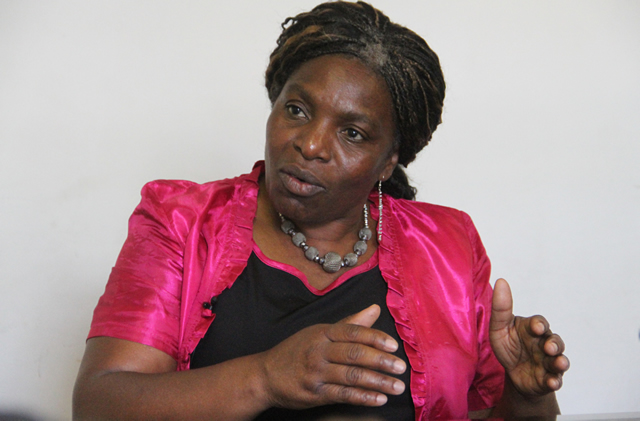
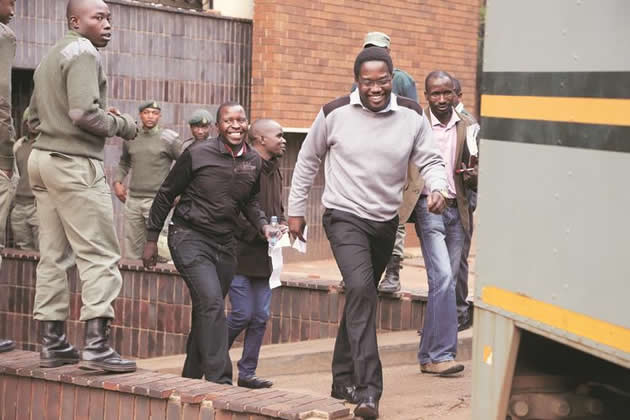
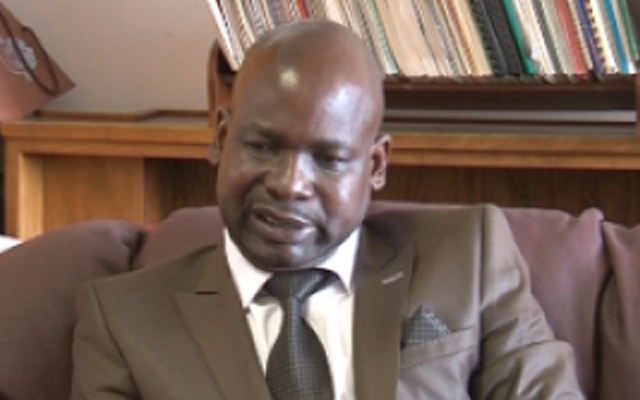
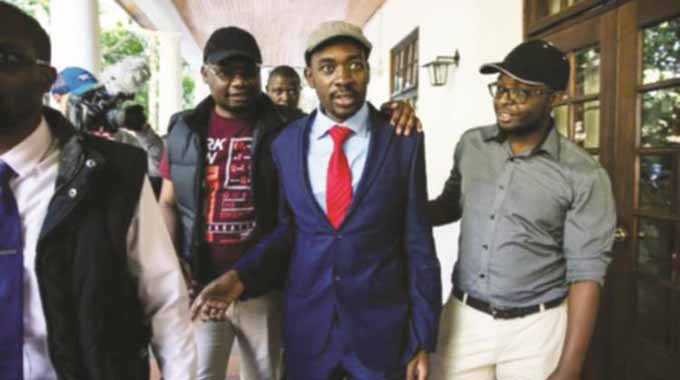
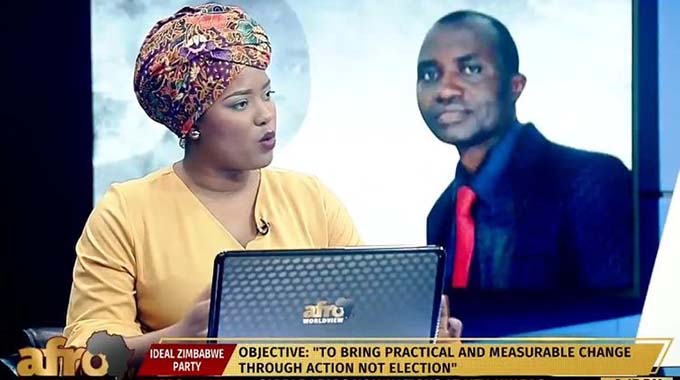
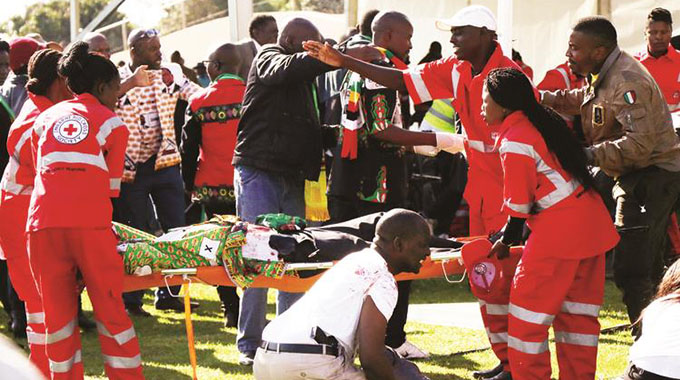

Comments